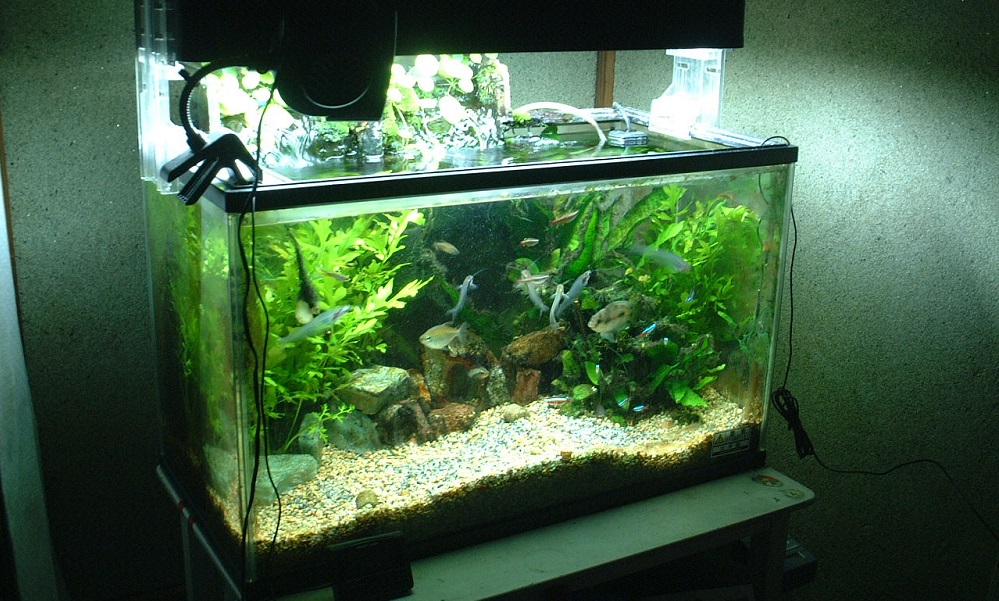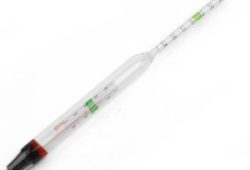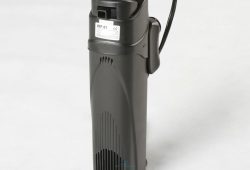Aquarium Lighting
If you are interested in Aquarium Lighting, there are a number of considerations that you need to take into account. The natural habitats of most fishes, particularly the ones kept in aquariums, are in warm water surrounded by plants and quite a bit of sunlight. Aquarium fishes are generally colorful and interactive in their natural habitats. And if you want them to be equally bright and playful in your room, you have to provide them an environment as close to their natural homes as possible. So, an important part of a setting up a fish tank is specialized aquarium lighting.

Improper or insufficient aquarium lighting causes fish stress, lessened activity and coloration, and hamper growth and health in fish and invertebrates. The fish tank lights help replicate the natural conditions of light in natural habitats. Most aquarium fishes need up to 12 hours a day of the appropriate level of daylight to normalize behavioral cycles like spawning and even feeding.
Aquarium lighting offers them the opportunity to retain a semblance of their natural habitats even in the closed aquariums. Moreover, proper lighting intensity is required for corals and/ or invertebrates to survive. Like plants, corals and many invertebrates require light for photosynthesis to generate energy and food. If they do not receive enough light for photosynthesis, they will not survive.
There is a huge range of aquarium lighting options to choose from. Fluorescent lighting is the most common one found in aquariums. It is efficient, cool-running and also quite cheap. Normal output fluorescent and Compact fluorescent are types of fluorescent lighting widely used as they have a low output, and pack more wattage into a smaller area than the standard fluorescent lighting system. Very High Output (VHO) bulbs, another popular aquarium lighting equipment, have built-in internal reflectors that intensify the output and minimize the need for a high-quality reflector.
Metal halide fixtures are usually considered to be the best option for high-output requirements. They are more expensive than fluorescent setups, but may be required by some higher-light organisms. Metal halide fixtures are great for corals that require intense lighting. SPS corals, clams, and anemones would best survive in an aquarium with metal bulbs.
Lunar/ moonlights create a more realistic lighting environment for the indoor aquarium. These LED fixtures promote lunar spawning cycles in corals and reef life. They also afford the opportunity to view organisms that are normally active only at night.
While most aquarium lights are quite inexpensive, ranging from 30 to 70 dollars, there may be ones that cost more than the rest of the aquarium combined.



